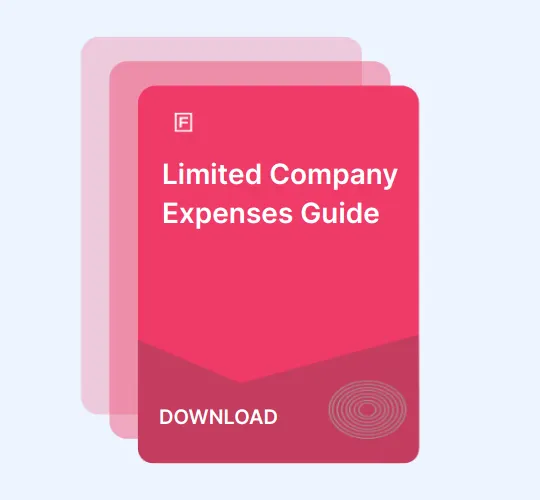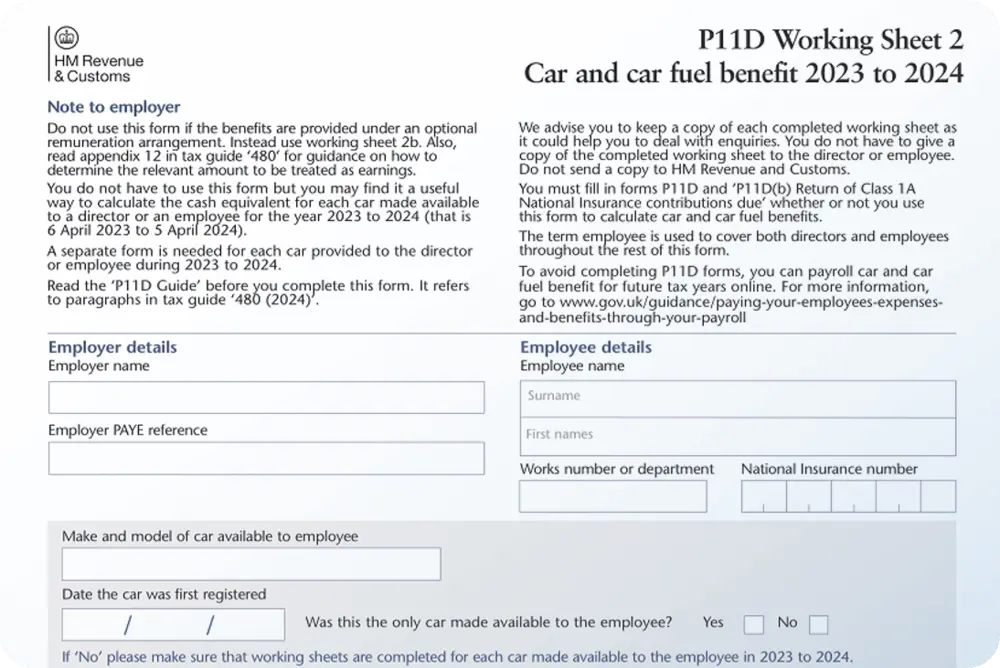Introduction
Healthy cash flow is one of the most powerful weapons in a small company's arsenal.
In fact, cash on hand can be the deciding factor in a customer's choice to buy from your company or a competitor.
For instance, imagine landing the large order of your dreams, but losing the business to a competitor because you lack the capital necessary to prepay for the products needed to fill the customer's order. Fortunately, you can avoid this pitfall by making a few simple changes in your operations.
Below is a look at seven ways to grow your monthly cash flow by reducing expenses.
<p>Healthy cash flow is one of the most powerful weapons in a small company's arsenal. </p><p>In fact, cash on hand can be the deciding factor in a customer's choice to buy from your company or a competitor. </p><p>For instance, imagine landing the large order of your dreams, but losing the business to a competitor because you lack the capital necessary to prepay for the products needed to fill the customer's order. Fortunately, you can avoid this pitfall by making a few simple changes in your operations. </p><p>Below is a look at seven ways to grow your monthly cash flow by reducing expenses.</p>
Why is Cash Flow so Important for Small Businesses?
Healthy cash flow is important for businesses of any size.
But cash flow is especially important for small businesses.
Your company's ability to grow hinges on your ability to attract new prospects and handle large orders. However, these two goals are difficult to achieve if you lack the cash flow to invest in marketing initiatives or prepay vendors for products to fill those large orders.
Here are a few reasons why it is important for your small business to have a healthy cash flow:
- You will have the capital to be able to invest in new products or ventures
- You can pay your vendors on time and position yourself for discounted pricing
- You will be able to handle unexpected emergencies that can prove to be costly
- You can comfortably handle basic operating expenses if payments from key customers are delayed
What are Some Ways to Grow Your Monthly Cash Flow?
Growing your monthly cash flow is an easier process than you may think. In fact, there are some simple changes you can make today that will help increase your cash on hand.
Here are seven ways to grow your monthly cash flow by reducing expenses.
1. Move to a paperless invoicing system
Moving to electronic billing can help your business save money on supplies and labour.
And because paperless invoicing is faster than preparing and printing paper invoices, customers receive their invoices faster. This means they can remit payment to you more quickly, thereby increasing your cash on hand faster.
Here are a few specific ways that moving to a paperless invoicing system can help lower expenses:
- Reduce expenses on postage, envelopes, and ink
- Lower printing costs and printer maintenance fees
- Eliminate the need to pay workers to stuff envelopes
- Reduce the carbon footprint at your office
Note: For more information on invoicing best practices, refer to our guide on how to make invoices.
2. Encourage customers to pay when they place their orders
Few strategies are more effective for increasing your cash flow than receiving payment in full when an order is placed.
While allowing customers 30 days to pay an invoice offers the flexibility that many of your customers seek, this practice restricts your cash flow by delaying receipt of payments.
Here are some simple steps to help prompt customers to pay when they place their orders:
- Ensure that your business is set up to accept payments by bank wire transfer, PayPal, and credit card
- Make sure that your customers are aware of all of the forms of payment you accept
- Offer a cash discount for customers who pay in advance for their orders
3. Reduce rent by switching to a virtual office
Imagine being able to enjoy the amenities of a professional office at a prestigious London EC1 address without the financial stress of high monthly lease payments. By switching to a virtual office, you can make this dream a reality.
Here are some specific ways that switching to a virtual office can help you impress your customers while reducing expenses:
- No hidden costs: Transparent pricing and the absence of setup fees makes switching to a virtual office a financial home run
- Professionally trained staff: Your customer calls and mail will be handled by highly trained staff instead of being routed to a post box
- Furniture savings: When you use a virtual office, you do not have to worry about paying for furniture and electronics
- A convenient location: Customers will appreciate the prestige and convenience of a London EC1 address
- SEO services: You will receive guidance from marketing specialists to help boost your online presence on Google to funnel leads to you
4. Consider leasing instead of buying equipment for your business
"Unless your company is flush with cash, you're going to want to maintain a cash stream for day-to-day operations. By leasing, you pay in small increments, which helps improve cash flow. An added bonus is that lease payments are a business expense, and thereby can be written off."
- Dan Moskowitz, Investopedia
Most small businesses require equipment such as printers, copiers, scanners, and furniture.
Companies in the manufacturing industry face even larger expenses for items such as forklifts, pallet jacks, and lifts. And if you own a service company, you may find yourself in need of one or more vehicles for your employees.
Leasing this type of equipment as opposed to paying a hefty sum up front can free up thousands of dollars per month for your business. For example, consider the fact that the average cost to buy a forklift ranges from £11,758 to £19,597. If you lease a £19,000 forklift, on the other hand, you will pay approximately £470 per month.
Remember that you can always purchase your equipment once you are on more solid financial ground.
5. Explore refurbished equipment for your business
If you are keen on owning your equipment and building your pool of assets, you can still enjoy the benefits of ownership while reducing your expenses by considering refurbished equipment and furniture.
Refurbished products are pre-owned but have undergone professional testing and restoration to ensure that they meet the same quality standards that were established by the original manufacturer.
The greatest advantage of refurbished equipment is an affordable price tag. The cost of refurbished equipment and furniture is often 25 to 50 percent lower than the cost of brand new items.
In addition to a lower cost, refurbished equipment offers the following benefits to small businesses:
- Quality: A growing number of refurbishing companies are ISO-certified with a strong focus on quality
- A warranty: The majority of the top refurbishing companies offer a warranty that ranges from 90 days to one year
- Buy-back options: Many providers will buy your used items back or offer a trade-in value if you no longer need them
- Service: Most refurbishers will offer repair and service options in case you encounter trouble with industrial or technical products
6. Use third-party services for finance and IT needs
Many small businesses are not able to afford the expense of hiring a full-time chief financial officer (CFO) or IT specialist. F
or example, hiring a full-time CFO can cost you over £150,000 per year. Justifying this type of expense is often difficult for a business in its infancy that may only need the services of a CFO or IT manager on a sporadic basis.
In these cases, third-party accounting and IT services offer five-star support without the six-figure annual cost.
For example, sole traders can explore accounting packages that start at £29 per month. Packages feature a dedicated accountant who understands your business, company registration services, VAT returns, and unlimited support by trained accounting professionals.
7. Negotiate with existing vendors or consider new suppliers
As your company grows, you will notice that more vendors will be vying for your business. In many cases, they will be willing to offer discounted rates to get their foot in the door.
Even if you are satisfied with your existing vendors, it is a good idea to meet with them at least twice each year to review your contract and explore opportunities for cost savings. Do not be afraid to ask for a rate reduction, especially if your utilization of their services and products has increased.
Exploring new vendors is always a good idea to ensure that you maintain an awareness of the market. One of the best ways to meet new vendors is to attend industry trade shows in the London area. Many vendors offer special rates and discounts during trade shows, which can make a sizable dent in your monthly expenditures.
The Bottom Line
Finding creative ways to stimulate cash flow by reducing expenses should be a top priority for cash-strapped small businesses.
By following the seven tips above, you can minimise your monthly expenditures and enjoy a healthier cash flow. From adopting a paperless invoicing system to using third-party accounting services, you can reduce your operating costs without sacrificing the quality of service your customers receive.
To learn more ways to help your small business enjoy sizable savings, we invite you to get in touch with our accountants at Forma. We can help you secure a virtual office, in addition to providing a variety of other value added services that will help increase cash on hand for your business.
As London's most trusted provider of office solutions, we look forward to serving as your single source for all of your business office needs!












%20(1).webp)
























.webp)